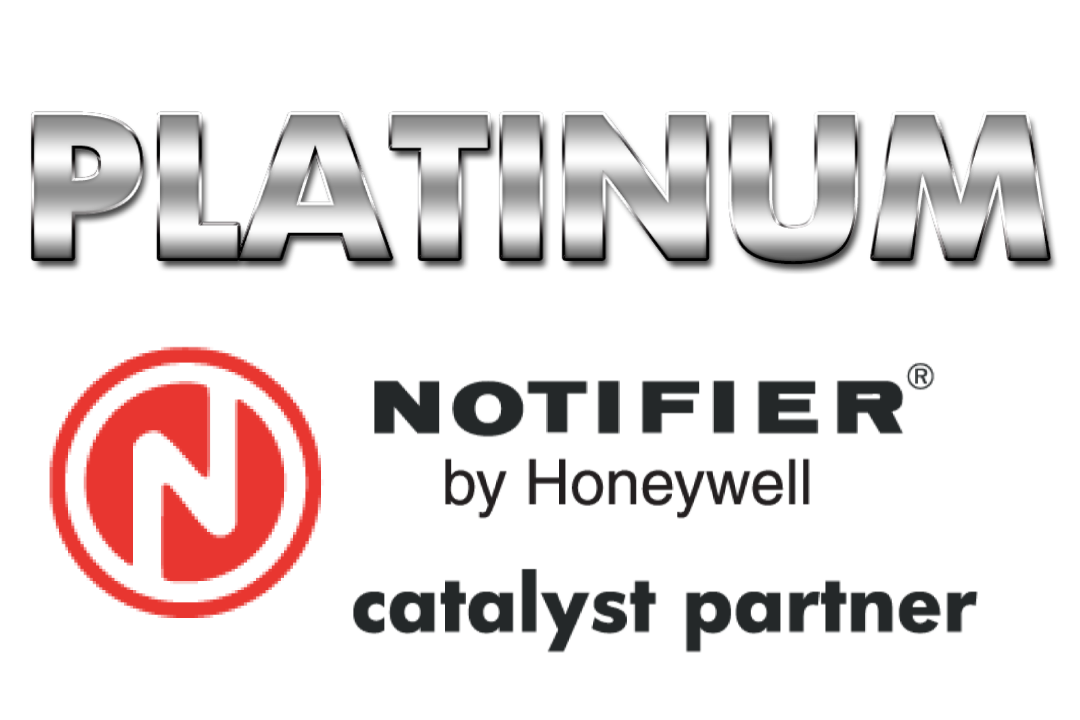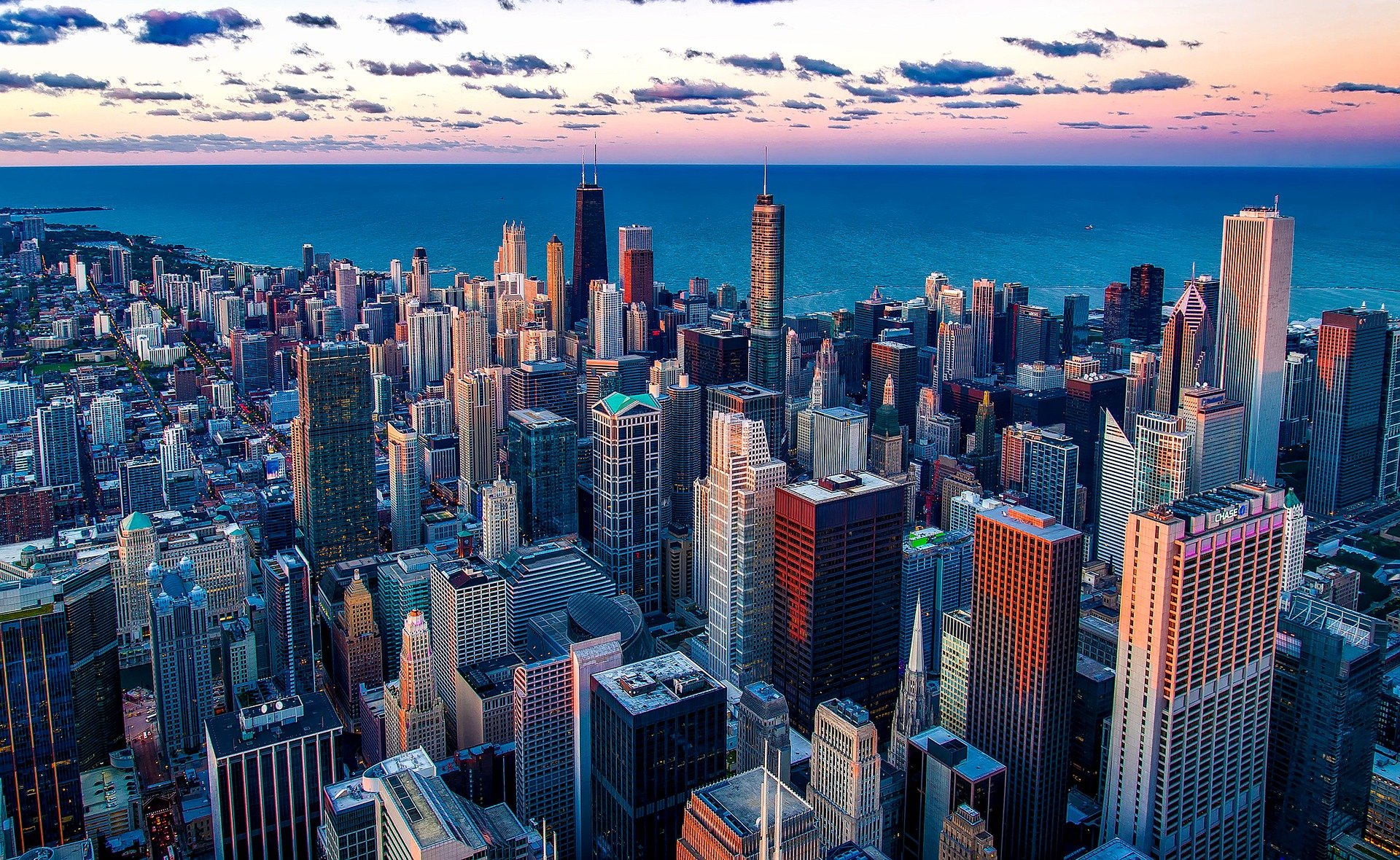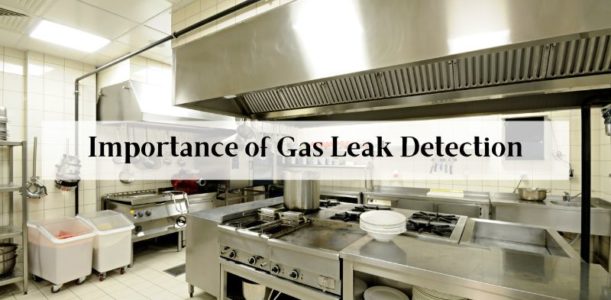
Commercial kitchens can be hazardous environments where various types of cooking equipment use gas or propane for cooking. Equipment such as grills, fryers, commercial stoves, and ovens present a constant flammable danger to employees and must be monitored for both combustible and toxic gas hazards. Carbon monoxide (CO) is the byproduct of the incomplete burning of material containing carbon, such as propane, natural gas, coal, kerosene, oil, or wood.
CO Poisoning: Undetectable by Humans with Dire Consequences
CO is a tasteless, odorless gas that could be present at unsafe levels without awareness if levels are not monitored. Some studies like this report from Honeywell state that up to 25% of all fatalities in commercial buildings are caused by carbon monoxide poisoning. CO in the atmosphere at just .1% can cause adverse effects with concentration, levels at 2% can reduce breathing two half the normal rate. CO levels at 5 to 10% quickly cause confusion and unconsciousness.
Enhancing Commercial Kitchen Safety with CO Monitoring
Standards for CO monitoring have become more rigorous in recent years, with levels at 25 to 35 parts per million (ppm) typically set for the first alarm response. Standards that drive regulatory change may vary by state and can be developed by fire marshals, insurance adjusters, life safety experts, consulting engineers, and building inspectors. Commercial buildings and commercial kitchens should use commercial grade CO detectors, which differ from most residential models.
Commercial CO detectors are equipped with improved sensing technology, diagnostics, and configurable options to immediately trigger a response at a predetermined set point. Some residential models alarm only after a weighted duration of 60 minutes or more. Commercial CO detectors are required under most state codes to detect gas and produce an alarm at lower levels than residential use CO detectors.
Redundant CO Monitoring for Commercial Kitchen Safety
The use of at least two CO detectors is strongly advised for commercial gas monitoring systems to provide a higher level of safety. Dual-sensing protection may include redundant gas monitoring with CO/CO or carbon monoxide and methane (CO/CH4). Redundant gas monitoring with a dual-sensing system meets NFPA54 10.3.5.2 requirements, the National Fuel Gas Code. Certain criteria is required when using redundant CO monitoring systems, such as:
- The gas valve must be closed if the CO monitor fails until the device is replaced, with no gas bypass allowed
- Air samples should be taken from at least two separate locations
- The number of CO monitors should be determined by gas monitoring system design engineers after a careful site evaluation
High Rise Security Systems, HRSS, with SMG Security Holdings, SMG is a leading provider of commercial fire alarm and life safety system equipment, including commercial grade CO detectors.
HRSS/SMG Offers Fire and Gas Monitoring for Commercial Kitchens
HRSS/SMG offers high-quality, UL-listed equipment from the top fire and life safety system manufacturers such as Honeywell and NOTIFIER®. We provide comprehensive fire and life safety services, including consultations, site evaluations, and complete fire alarm system design, with ongoing support and service. HRSS/SMG is trusted by our customers and respected by our peers for our in-depth knowledge of fire and life safety system technology and all code regulations.
HRSS/SMG ensures full code compliance with all local, city, state, and federal fire and safety regulations, including building codes in the city of Chicago. We provide peace of mind and protection against fire and gas to commercial properties and kitchens. Contact us with any questions and to learn more about improving the safety in your commercial building and commercial kitchen with redundant gas monitoring.



